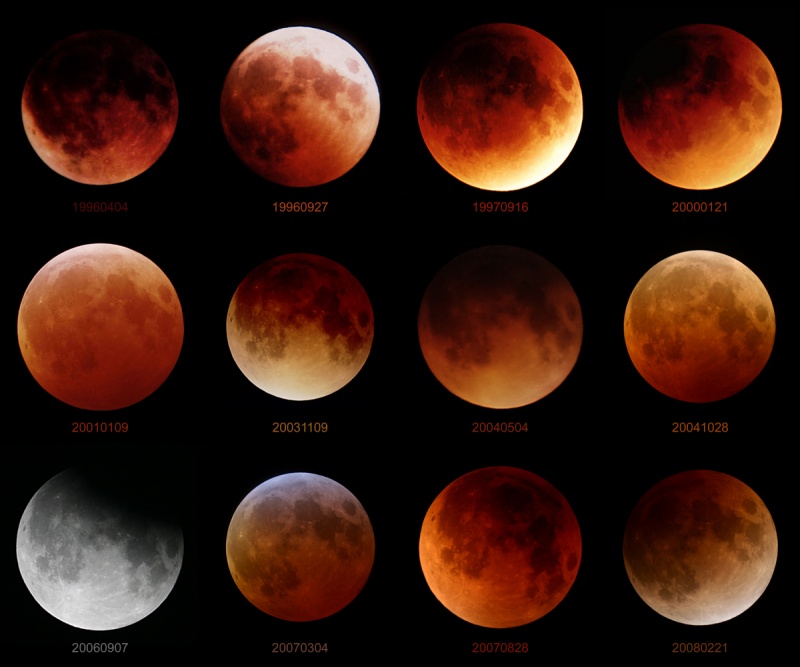Just last week, I had a chance to hear a presentation by
Alfie Kohn, one of the more (in)famous progressive education proponents, on the perils of emphasizing achievement and performance over engagement in a subject. Besides being an enthusiastic and engaging speaker, Alfie made a number of great points that really resonated with me regarding the damage a national obsession with standardized testing and assessment has wreaked on the quality of education at large. (We coincidentally follow most of Kohn's recommendations in how we operate the
WISE labs and programs...)
His central point on this topic was that by focusing so much school and parental attention on HOW students are doing instead of on WHAT they are doing and WHY, the very effort assessment has a now reasonably well proven effect of focusing the student's attention on external validation from teachers and grades instead of on the actual subjects under study. The result, according to the many cited research articles, is that students lose intrinsic motivation and interest in the very subjects around which we really hope to instill a lifelong love of learning. It didn't take much effort to extend the notions not only to grades and class rank, but even further to parenting techniques and practices as well.
And of course, the "No Child Left Behind" legislation, already the whipping boy of education Illuminati nationwide, took a severe beating in the process. One of my favorite moments in his talk was when he impersonated our current President and Senator Ted Kennedy complete with accents in their "misguided support in passing the law." It didn't take much looking around online to find pretty strong independent evidence in support of what Mr Kohn has been saying for years on this topic. My favorite articles came from Rice University and the NY Times.
The Rice/UT study was particularly sobering, not just for its striking revelations surrounding the duplicity of the Texas public school system's reporting, but because it was this very public school system's approach that was used to promote and establish the model for the national NCLB legislation. In the study entitled "Avoidable Losses: High Stakes Accountability and the Dropout Crisis" McNeil, Coppola, and Radigan of Rice University basically stripped the clothes right off the emperor.
Until recently, the GOP held out the "Texas Miracle" program as a model for national education reform with improving scores and an astonishingly low dropout rate of less than 3%. According to this paper, however, when researchers actually investigated how many high school students actually graduated within 5 years (not even the hoped for four-year tenure) the answer was a horrifyingly low 33%. Yes, 33%. I'll say it again, because I didn't believe it the first two times I read it either. Fewer than 33% percent of entering public high school students in Texas graduate within 5 years.
Needless to say, this doesn't quite match up with the public accounting of dropout rates the state has been touting for the last few years. When challenged, the state sheepishly admitted,
"The discrepancy between the official dropout rates, in the 2 to 3 percent range, and the actual rates can be attributed to the state's method of counting, which does not include students who drop out of school for reasons such as pregnancy or incarceration or declare intent to take the GED sometime in the future."
Duh. As if they didn't know that their purposefully and carefully chosen metric diverged so widely from the stated goals of the program. "Oh. You mean you want us to count ALL the dropouts?" And the real results?
"A new study by researchers at Rice University and the University of Texas-Austin finds that Texas' public school accountability system, the model for the national No Child Left Behind Act (NCLB), directly contributes to lower graduation rates. Each year Texas public high schools lose at least 135,000 youth prior to graduation -- a disproportionate number of whom are African-American, Latino and English-as-a-second-language (ESL) students.
By analyzing data from more than 271,000 students, the study found that 60 percent of African-American students, 75 percent of Latino students and 80 percent of ESL students did not graduate within five years. The researchers found an overall graduation rate of only 33 percent.
"High-stakes, test-based accountability doesn't lead to school improvement or equitable educational possibilities," said Linda McSpadden McNeil, director of the Center for Education at Rice University. "It leads to avoidable losses of students. Inherently the system creates a dilemma for principals: comply or educate. Unfortunately we found that compliance means losing students."
In the effort to improve scores, MOST children, 67% of them in fact, are being left behind. My personal belief has been for years that we KNOW there is a problem already, and more testing will not fix the problem. Further, it won't even tell us anything we don't already know. In reality, the effect is even more damaging than I could have possibly imagined.
This was exactly one of the key points Mr. Kohn was making writ large across an entire state with unforgivable effects on the lives of millions of children across the nation, particularly impacting minorities. Don't take my word for it, and don't think I have even begun to cover all the deleterious effects of the assessment obsession that Kohn describes with heartrending insight.
Read the whole report here.
If all of the references on Alfie Kohn's site and the Rice/UT report weren't enough to really depress you, or if maybe the paper was a little too academic for you, check out last week's article from the NY Times entitled, "
State's Data Obscure How Few Finish High School." It basically exposes more of the same sort of accounting fraud. Here is the acompanying graphic from the article.

This educational assessment disaster is yet another very good reason to strongly consider replacing the current republican administration so that we might quickly halt the spread of this cancer that is strangling our nation's future.
Even more importantly, don't be fooled that the testing is good for your own kids, much less for the minority kids down the street.


































